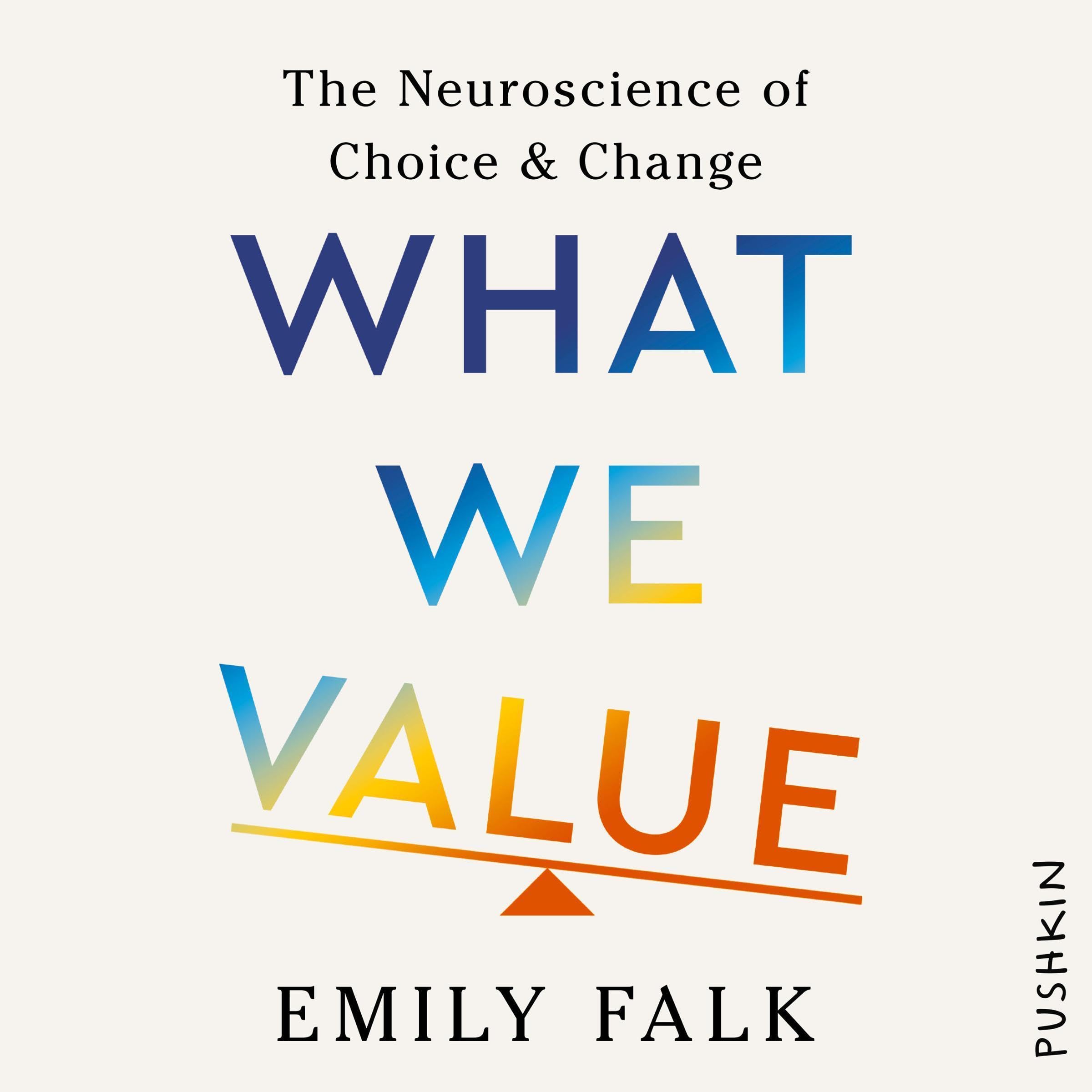What do you think?
Rate this book


Audible Audio
Published April 8, 2025

"...These elements indeed include things like moral values and the economic value of an option, but they also include the consequences of your past choices, your mood, the opinions of the people around you, and so much more. A reward can be money, but it can also be friendship. It can be seeing something good happen in the world for others, achieving a small goal, or having enough energy and strength to finally run a marathon. There are many things that our brains value, many ways our brains can find reward—but as we find ourselves making the same choices again and again, it doesn’t always feel that way. Getting takeout trumps saving for retirement; hitting deadlines trumps professional development; the Internet vortex trumps spending time with the people we love. In this way, the choices the brain hands down don’t always align with what we might explicitly think of as the thing we value most."
"We found that if parts of a person’s value system, like a region known as the medial prefrontal cortex, ramped up their activity when they saw a message about sunscreen or smoking or exercise, they were more likely to change their behavior to conform to the message—regardless of whether
they said they consciously thought the message was effective. This offered our first glimpse of how the value system was linked to relatively highstakes, real-life choices outside the lab. A plethora of other studies, by my team and others, have shown similar findings when people are deciding what to eat, what to buy, how much to save for retirement, and more.
At first we were only looking to see if activity in the brain correlated with the choices people made outside the lab. Once we saw that it did, we asked: How can we use this to help facilitate change? I believed that the answer was to somehow ramp up activity in the system, but it would take more than a decade of research to understand how.
During that time, in experiments ranging from giving people feedback about their peers’ experiences, to helping them connect with their core values as a way of becoming more open to change, to comparing how the value system responds to immediate rewards versus those that lie in the more distant future, my team and others saw how simple interventions could dial value system activity up or down, which could ultimately help someone change their behavior. We discovered how changing where people put their attention—on different past experiences, current needs, or dreams for the future—changes the value calculation. This research also made it clear that activity in the value system captures something that goes beyond people’s initial instincts about what they’ll do next and can sometimes help explain the discrepancy we observed between what people say they will do and what they actually do."